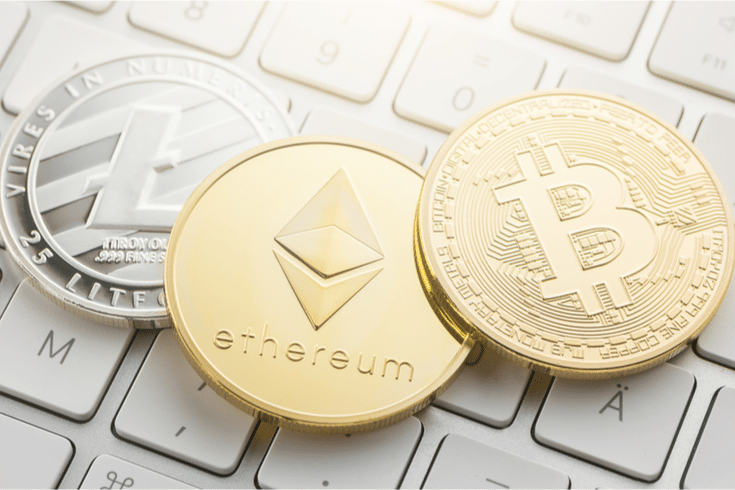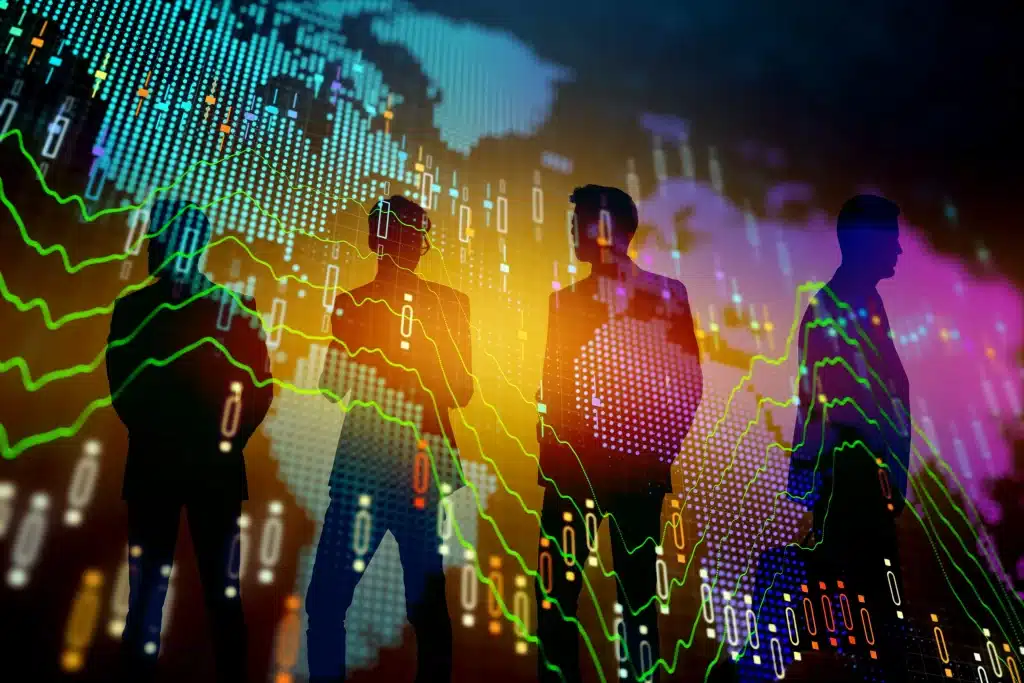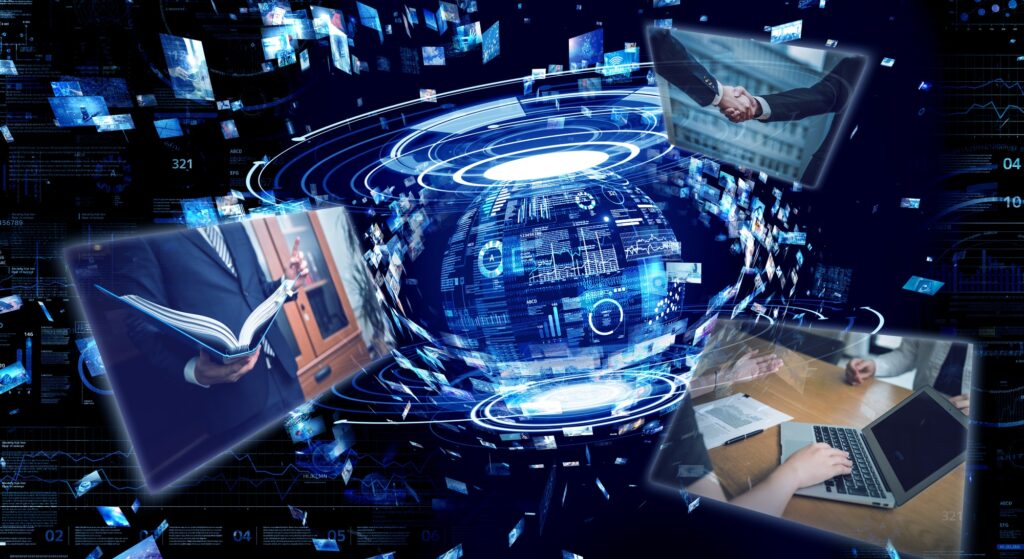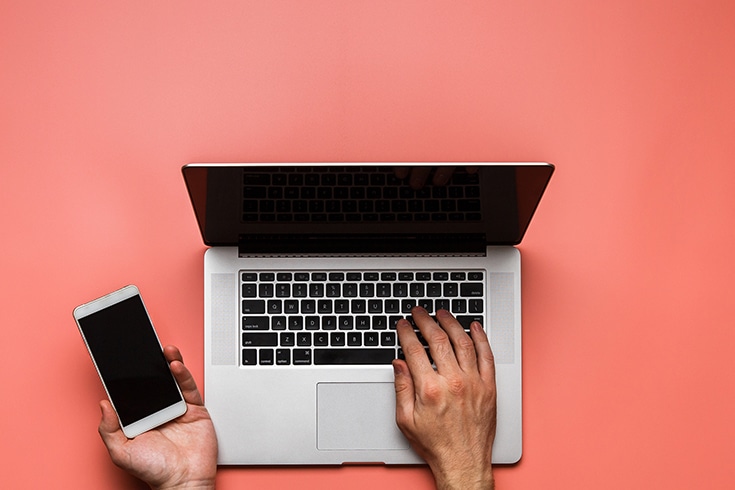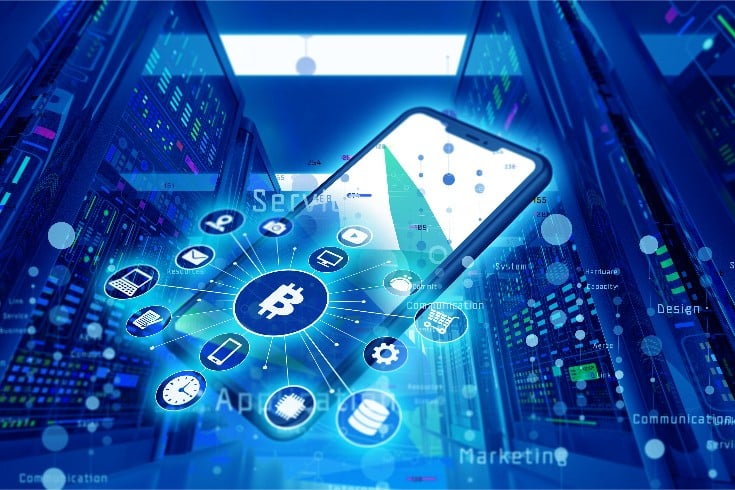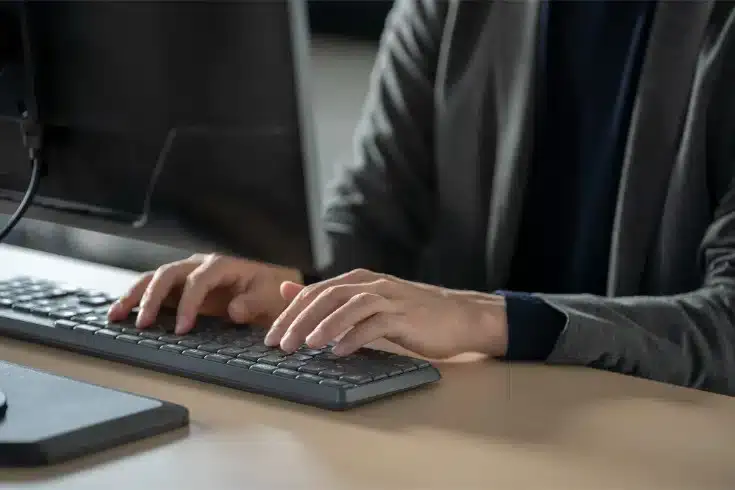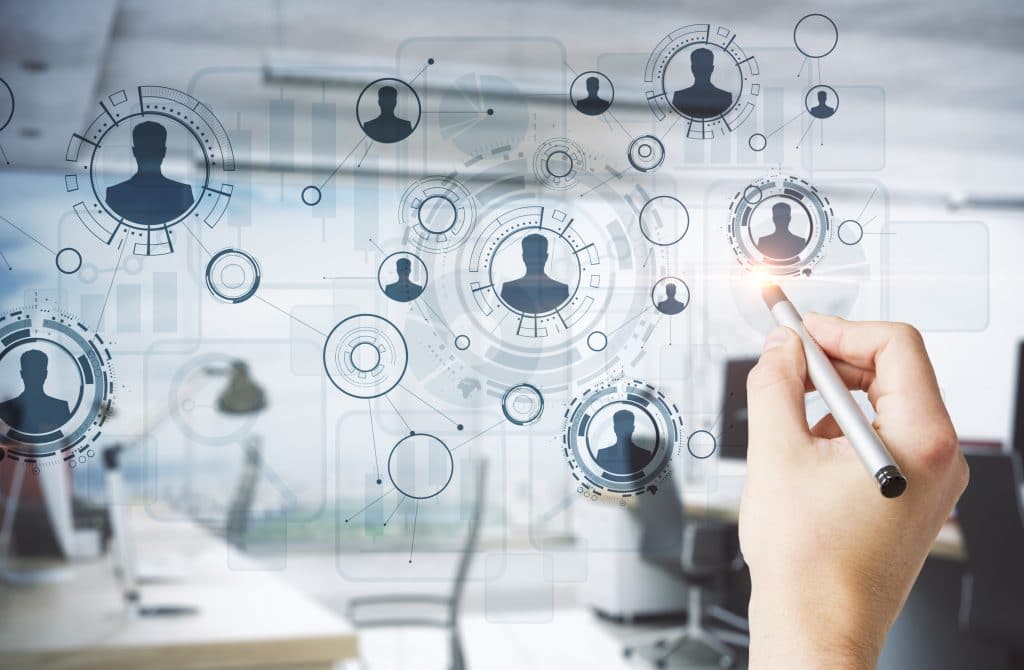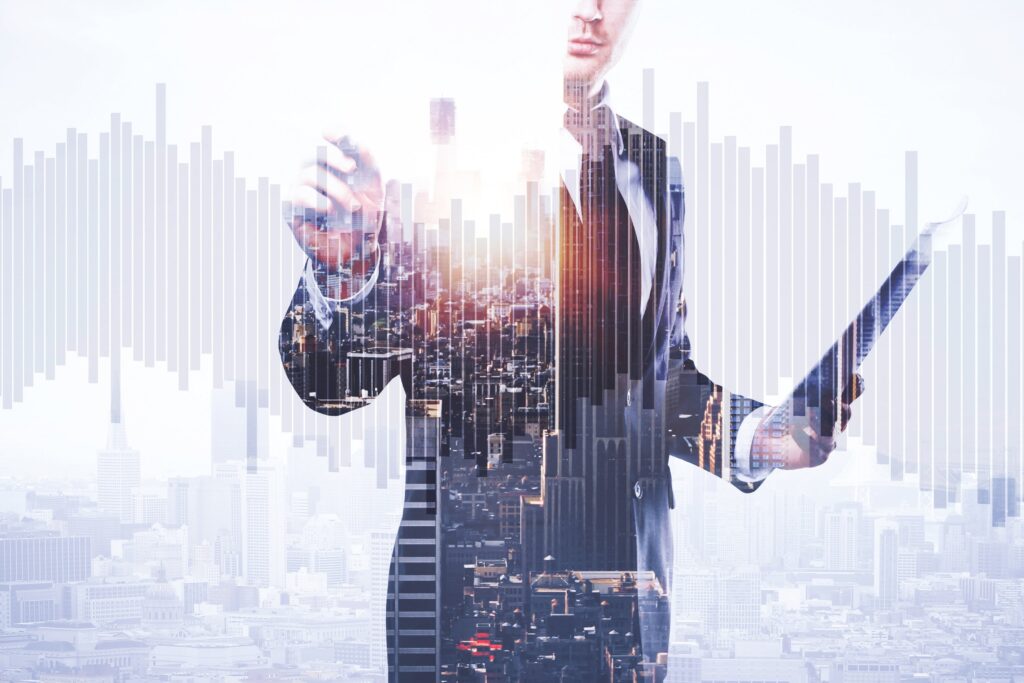How are Intellectual Property Rights Protected in AI Development? Organizing the Points at Issue Copyright and Patent Rights
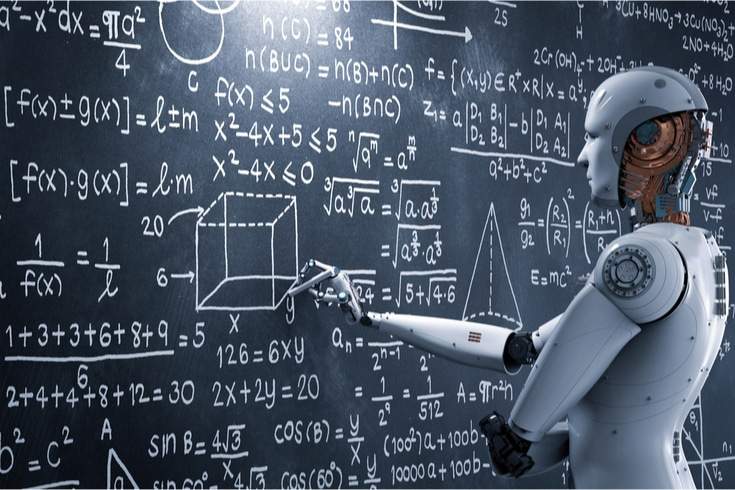
The evolution of AI (Artificial Intelligence) in recent years has been remarkable, particularly the technological innovations brought about by deep learning, such as iPhone’s Siri and autonomous driving technology. These advancements have greatly benefited our daily lives. Furthermore, the emergence of many pre-trained models such as GPT-3 and BERT has significantly advanced AI in fields such as natural language processing and image generation. As a result, the number of companies engaging in AI development utilizing these technologies is rapidly increasing.
However, creating convenient services through AI requires a vast amount of effort and accumulated expertise in the development process. How to legally protect this has become a challenge.
In this article, we will focus on explaining copyright and patent rights, which are particularly important legal aspects to know when trying to provide services utilizing AI.
How Does AI Business Relate to Intellectual Property Law?
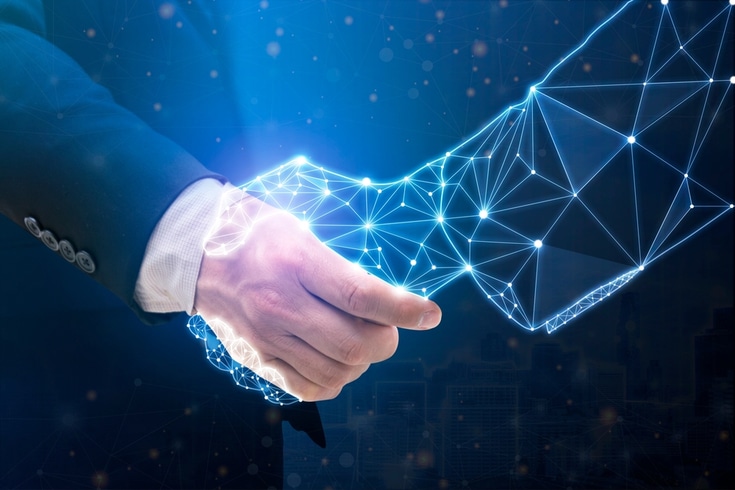
Due to the nature of AI business, a lot of effort and expertise is accumulated on creating AI programs. Therefore, it is crucial to protect not only the end product but also the process of creation as intellectual property.
The Mechanism of AI
AI, also known as “Artificial Intelligence,” is a reproduction of human intelligence artificially created by computers.
The mechanism for training AI is as follows:
- Collect and process “training data”
- Input into a training program for automated learning
- Develop a trained model reflecting the results of repeated learning
- AI produces the end product
In this way, the process of AI learning from data is called “machine learning,” and one of its specific methods is deep learning. In deep learning, a multi-layered structure (neural network) that mimics the human brain is used to extract features from complex data, just as humans learn through experience, achieving performance that was previously impossible.
AI Business and Intellectual Property Law
In AI business, it is important to understand how to receive protection under intellectual property law at all stages, as expertise and costs accumulate not only in the end product but also in the creation process. Intellectual property refers to creations such as works and inventions created by human creativity, and the collective term for laws governing them is intellectual property law.
In particular, in AI business, there is a focus on how much protection can be received under copyright act and patent act.
In AI development, not only the completed trained model and the products it produces, but also the following processes have commercial value, and expectations for their legal protection are increasing:
- Collection and processing of training data
- Training program
- Created trained model
- Products produced by the trained model
We will now explain the legal issues related to these four stages.
Protecting Training Data in AI Business
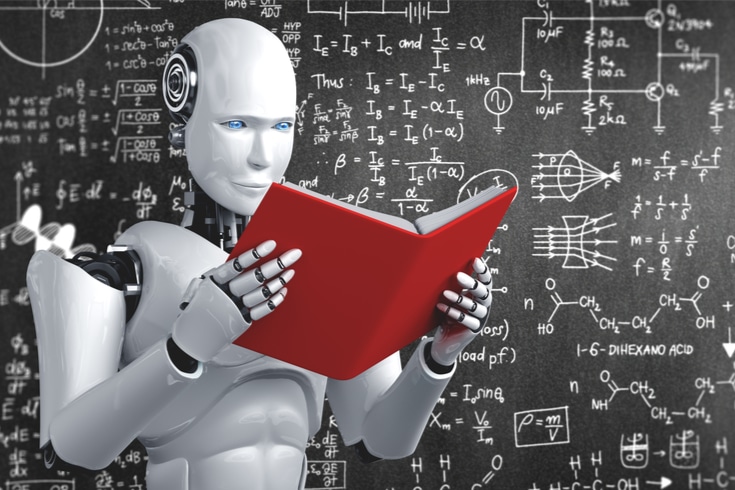
Training data refers to the vast amount of raw data, such as images and videos, collected before machine learning is applied to AI. This data is then processed for learning purposes.
As the saying goes, “Garbage in, garbage out,” it is no exaggeration to say that the quality of the training data determines the quality of the output. Therefore, the legal protection of training data becomes an issue.
Protection under Copyright Law
If the training data itself is recognized as having “creativity,” it will be protected by copyright as a “database work” (Article 12-2, Paragraph 1 of the Japanese Copyright Law). The Copyright Law defines a “database” as “a collection of essays, numbers, figures, and other information that is systematically organized so that the information can be searched using a computer.”
In addition, creativity must be recognized in the selection of data and the arrangement or systematic organization of data. For example, simply arranging customer addresses, names, and phone numbers in alphabetical order is not recognized as a “database work,” but if creativity is recognized in the method of selecting this information, copyright may be granted.
Protection under Patent Law
If “training data” has novelty and progressiveness in its structure as a “program-like object,” it may be subject to protection under patent law as a “product invention” (Article 2, Paragraph 3, Item 1 of the Japanese Patent Law).
The Patent Law defines an invention as “a high-level creation of technical ideas utilizing natural laws,” and divides it into the following three types:
1 Invention of a “product (including a program)”
2 Invention of a “method”
3 Invention of a “method” for producing a “product”
However, it is generally considered that training data, which is an accumulation of information, does not meet the requirements of a “invention.”
Protection of Learning Programs in AI Business
A learning program is a program that identifies certain rules from the learning data it has absorbed and executes them on a computer. As the structure of neural networks and the like are inputted as programs, they can potentially be protected under both copyright and patent laws.
Protection under Copyright Law
If a learning program has a certain level of complexity, it is protected as a “program work” under copyright law.
The Japanese Agency for Cultural Affairs defines a “work” as follows:
- Expresses thoughts or feelings
- Is creatively expressed
- Belongs to the realm of literature, academia, art, or music
In order for a learning program to be considered a work, it must creatively express the author’s personality and emotions, and it must have a certain level of complex structure.
Protection under Patent Law
In order for a learning program to be protected under patent law, it needs to have “progressiveness”. Unlike copyright law, in order to receive protection under patent law, an application must be submitted to the Japanese Patent Office, where its “progressiveness” is judged.
For example, if you develop program B using already published program A, in order for B to be protected under patent law, it needs to have “progressiveness” that cannot be easily developed by simply changing the combination of means and methods of program A (Japanese Patent Law Article 29, Paragraph 2).
Protecting Trained Models in AI Business
A trained model refers to a program that is created as a result of training AI with learning data. For example, the GPT (Generative Pretrained Transformer) used in ChatGPT is a natural language generation model that has been pre-trained with a large amount of text data, and can be referred to as a trained model.
Trained models also become important intellectual property in AI business, and therefore need to be protected by law.
Protection under Copyright Law
If a trained model falls under the category of “program work”, it will be protected under copyright law. For this, the individuality and creative expression of the engineer are required.
For example, while a novel becomes a copyrighted work, the Japanese words and grammar that make up the novel do not fall under the protection of copyright law. A trained model that is simply a list of programming languages will not be protected.
Protection under Patent Law
Trained models are basically not granted patent rights. This is because mere data and functions do not constitute a creation.
In order to be protected by patent law, it must be a creative work that corresponds to the “invention of a thing (program, etc.)” and has progressiveness and novelty.
Protecting the Outputs of Trained Models
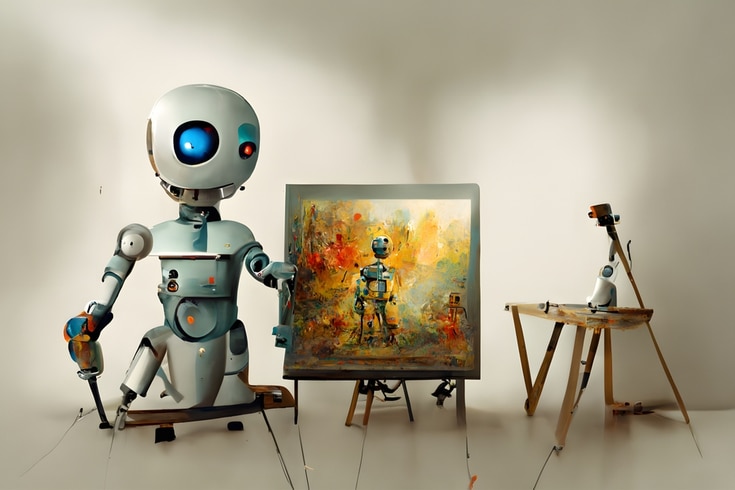
The outputs produced by trained models can be recognized as copyrighted works if the creator has the intention to create and contributes creatively to the creation of the work. Similarly, patent rights may also be granted depending on the degree of creative contribution.
In this case, the trained model is merely a tool for creating works. Therefore, the copyright or patent rights of the output belong not to the developer of the system, but to the individual user.
Conversely, if there is no creative contribution from the user and the AI learns and creates on its own, it is considered an “AI-created work” and is not subject to copyright. This is because copyright law does not grant copyright to the output of an AI that does not have thoughts or feelings.
Similarly, patent rights granted to the “inventor” cannot be granted to AI for the same reason.
Issues with Protecting AI-Created Works
Given the current situation where it is becoming increasingly difficult to distinguish between human-created works and AI-created works by appearance, there are concerns about the following issues from the perspective of protecting AI-created works.
Issues when granting equal rights to AI-created works
If we were to hypothetically grant copyright and copyright protection to AI-created works, it has been pointed out that due to the high productivity of AI, the number of works with rights could explosively increase.
As a result, there is a concern that information monopolization by developers and creators who can utilize artificial intelligence may occur, and individual creators may be excluded.
Issues when not granting any rights to AI-created works
On the contrary, if no rights are granted to AI-created works, there is a concern that ‘free-riding’, where third parties freely use the AI developed with effort and cost, will occur frequently, thereby potentially depriving motivation for AI research.
As a result, the more one wants to obtain copyrights or patent rights, the more likely they are to reduce AI’s involvement in the creation of works so as not to be judged as “AI-created works”, and to put more human effort into development. This could potentially hinder the advancement of AI technology development and usage.
Summary: Consult a Lawyer Regarding Intellectual Property Rights of AI
Intellectual property rights in the stage of AI development need to be considered from the following two aspects:
- Protection of the AI program that generates the output
- Protection of the output generated by the AI program
In each process, creativity and complexity are required for copyright to be recognized as a work, and novelty and advancement are required for patent rights to be recognized. At the current stage, “AI-created works” that AI has learned and created on its own are excluded from the protection of intellectual property rights.
However, clear legal development and rule-making have not been established at this point, and the government is also proceeding with rule-making while watching the future evolution of AI.
If you are considering starting an AI business in the future, it is recommended to consult a lawyer who has specialized knowledge in both intellectual property rights and AI business, while understanding the current situation and paying attention to future trends.
Introduction to Our Firm’s Measures
Monolith Law Office is a legal office with extensive experience in both IT, particularly the internet, and law.
AI businesses come with many legal risks, and the support of lawyers well-versed in legal issues related to AI is indispensable. Our firm, with a team of lawyers and engineers who are proficient in AI, provides advanced legal support for AI businesses, including ChatGPT. This includes drafting contracts, examining the legality of business models, protecting intellectual property rights, and handling privacy issues.
Category: IT

